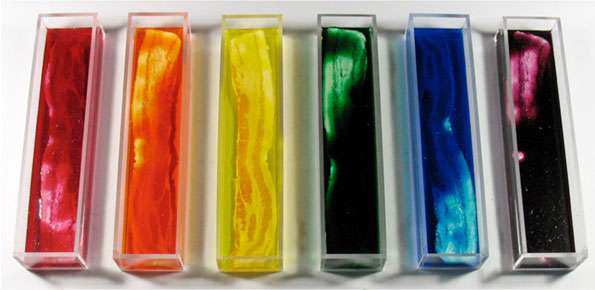
In the world of culinary artistry, color is more than a visual feast—it’s a vital component that stimulates our senses and enhances our dining experience. Food colorants, also known as food dyes or pigments, play a crucial role in transforming ordinary dishes into vibrant, eye-catching masterpieces.
A Splash of History:
Ancient Roots: The use of natural colorants in food dates back centuries. Early civilizations utilized ingredients like saffron, turmeric, and beet juice to add color to their culinary creations.
Synthetic Beginnings: The 19th century witnessed the advent of synthetic dyes, introducing a broader spectrum of colors to the culinary palette. While these early synthetic options were met with enthusiasm, concerns about safety and toxicity eventually led to more stringent regulations.
Types of Food Colorants:
- Natural Colorants: Derived from plant, animal, or mineral sources, natural colorants include beetroot extract, turmeric, spirulina, and anthocyanins from fruits like berries. These pigments are celebrated for their origin and are often perceived as a healthier alternative.
- Synthetic Colorants: Artificial or synthetic colorants, such as FD&C (Food, Drug, and Cosmetic) dyes, provide a wider range of vibrant hues. Common examples include Red 40, Yellow 5, and Blue 1. While they are widely used, there is ongoing scrutiny and debate about their safety.
- Nature-Identical Colorants: These colorants are chemically synthesized to replicate natural colors. While they mimic natural pigments, they are not extracted directly from natural sources.
The Art of Culinary Aesthetics:
Visual Appeal: Food colorants are employed to enhance the visual appeal of dishes, making them more enticing and appetizing. From brightly colored candies to elegantly tinted pastries, color plays a pivotal role in shaping our perception of flavor.
Cultural Significance: In many cultures, specific colors hold cultural significance and are integral to traditional dishes. The vibrant hues of spices and herbs are often symbolic, representing cultural values and traditions.
Navigating Health Considerations:
Natural vs. Synthetic Debate: The debate surrounding the safety of synthetic colorants persists. While some studies suggest potential links to hyperactivity in children, others argue that the amounts used in food are generally safe. Natural colorants, on the other hand, are often perceived as a safer alternative.
Regulatory Oversight: Regulatory agencies, such as the FDA in the United States and the European Food Safety Authority (EFSA) in Europe, set guidelines and specifications for the use of food colorants. These regulations aim to ensure that colorants meet safety standards for human consumption.
The Future Palette:
Demand for Natural Alternatives: With a growing emphasis on clean eating and natural ingredients, there is an increasing demand for natural colorants. The food industry is responding by exploring and incorporating plant-based sources to meet consumer preferences.
Innovations in Culinary Arts: Culinary professionals and food scientists continue to push the boundaries of creativity, using colorants to create visually stunning and Instagram-worthy dishes. Techniques like molecular gastronomy introduce new possibilities for color manipulation in the culinary world.
A Rainbow of Culinary Expression
Food colorants, whether natural or synthetic, weave a colorful tapestry in the world of culinary expression. From the rich history of using plant extracts to the modern array of synthetic hues, colorants have evolved alongside our culinary preferences and cultural traditions. As we savor the visually stunning dishes that grace our tables, let’s appreciate the artistry and science behind the colors that elevate our dining experiences. Whether it’s a vivid green pesto or a luscious red velvet cake, food colorants continue to be an essential tool in the hands of chefs, adding not just color but a spectrum of possibilities to the world of gastronomy.



